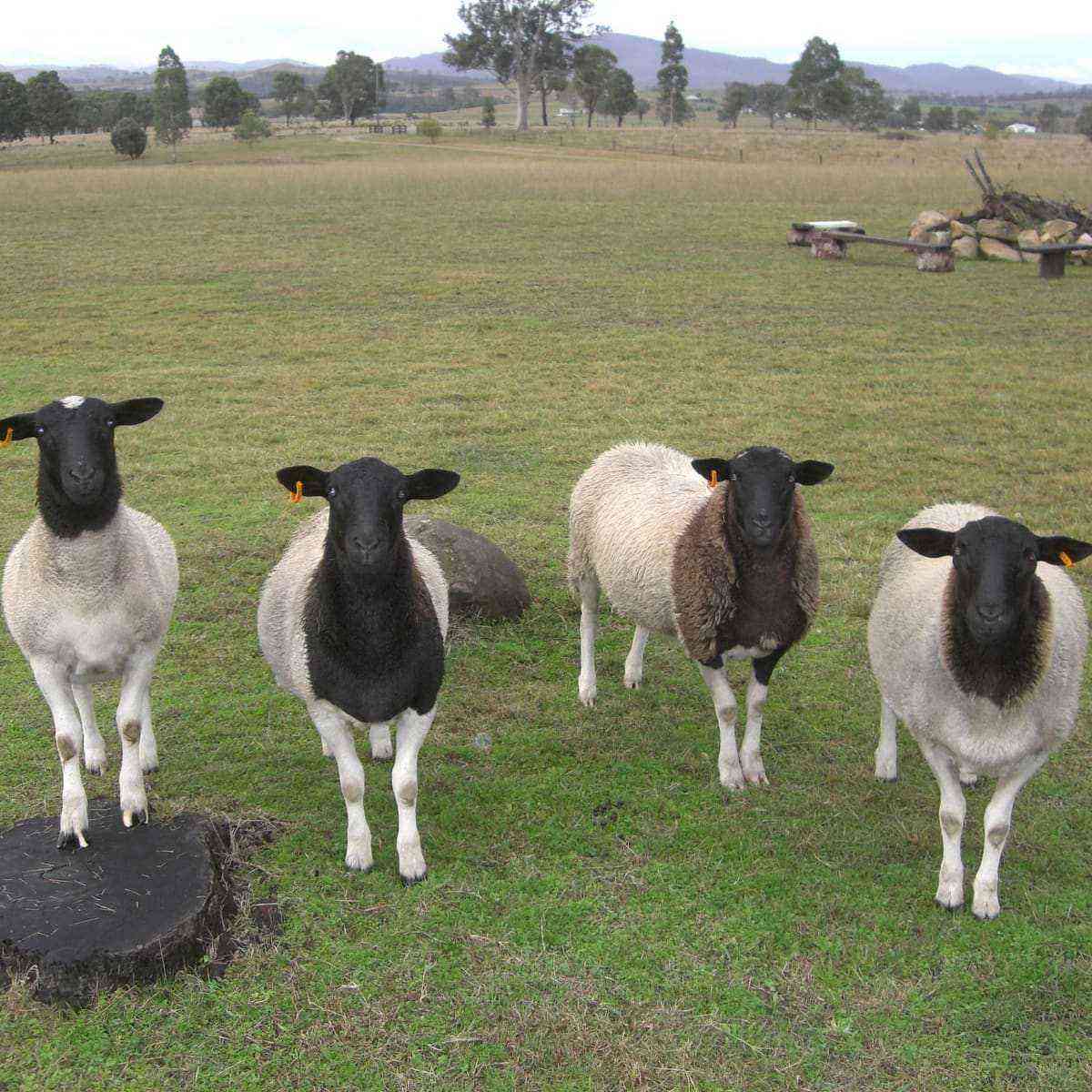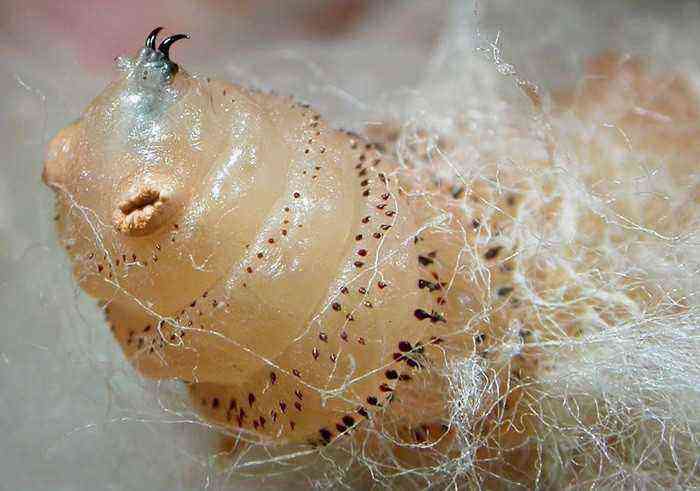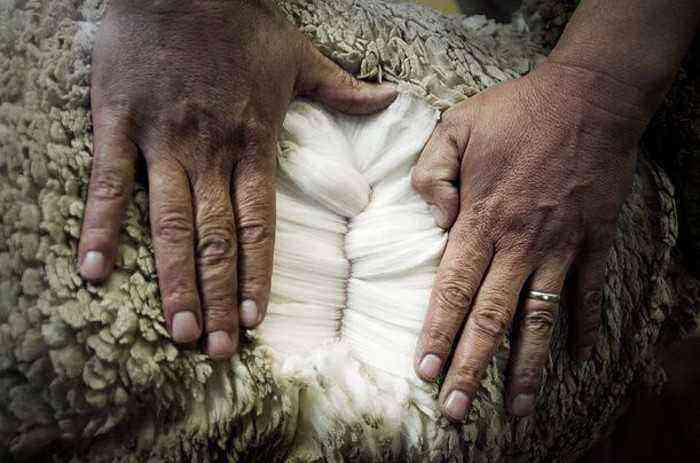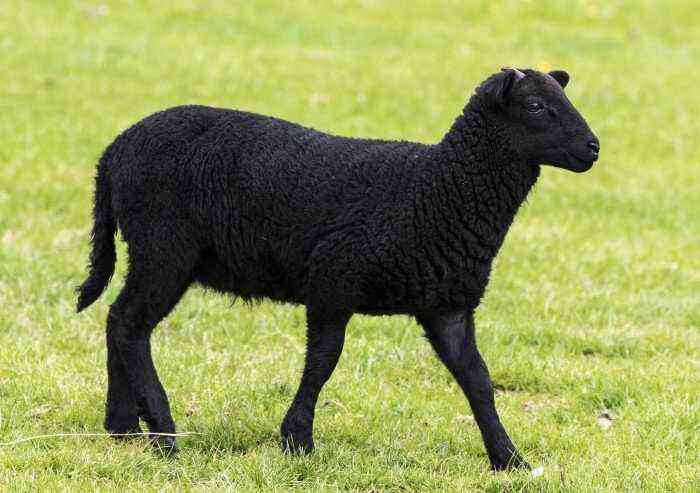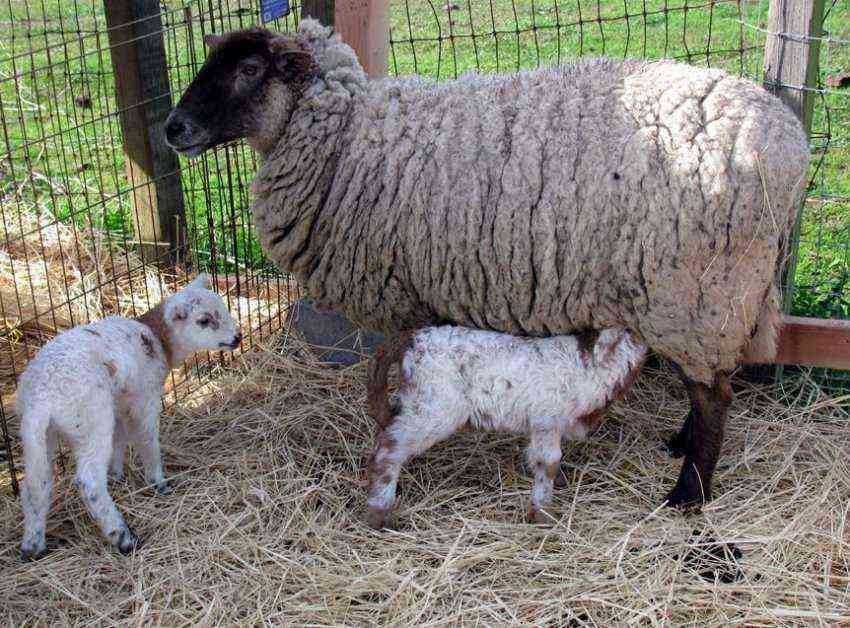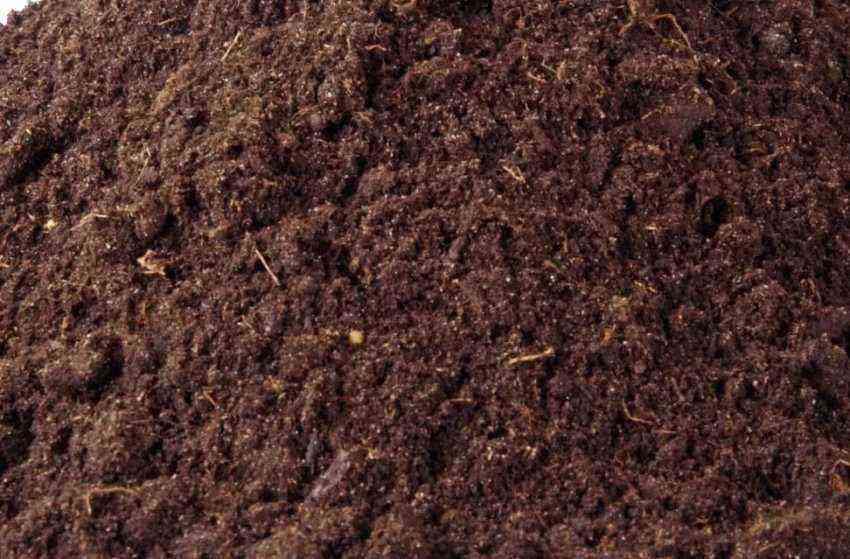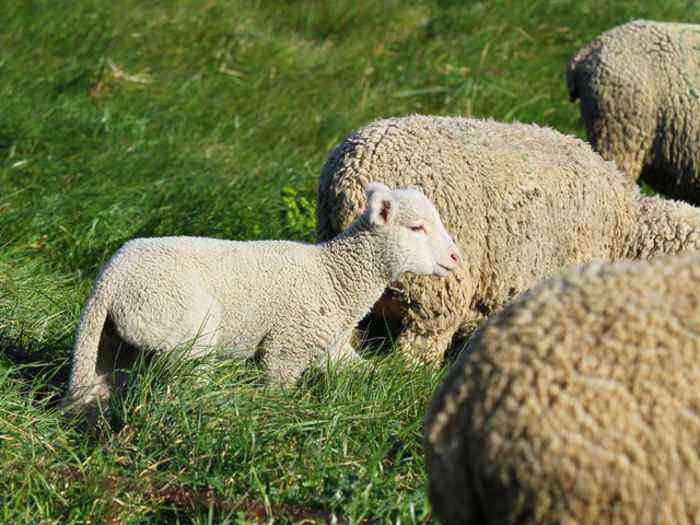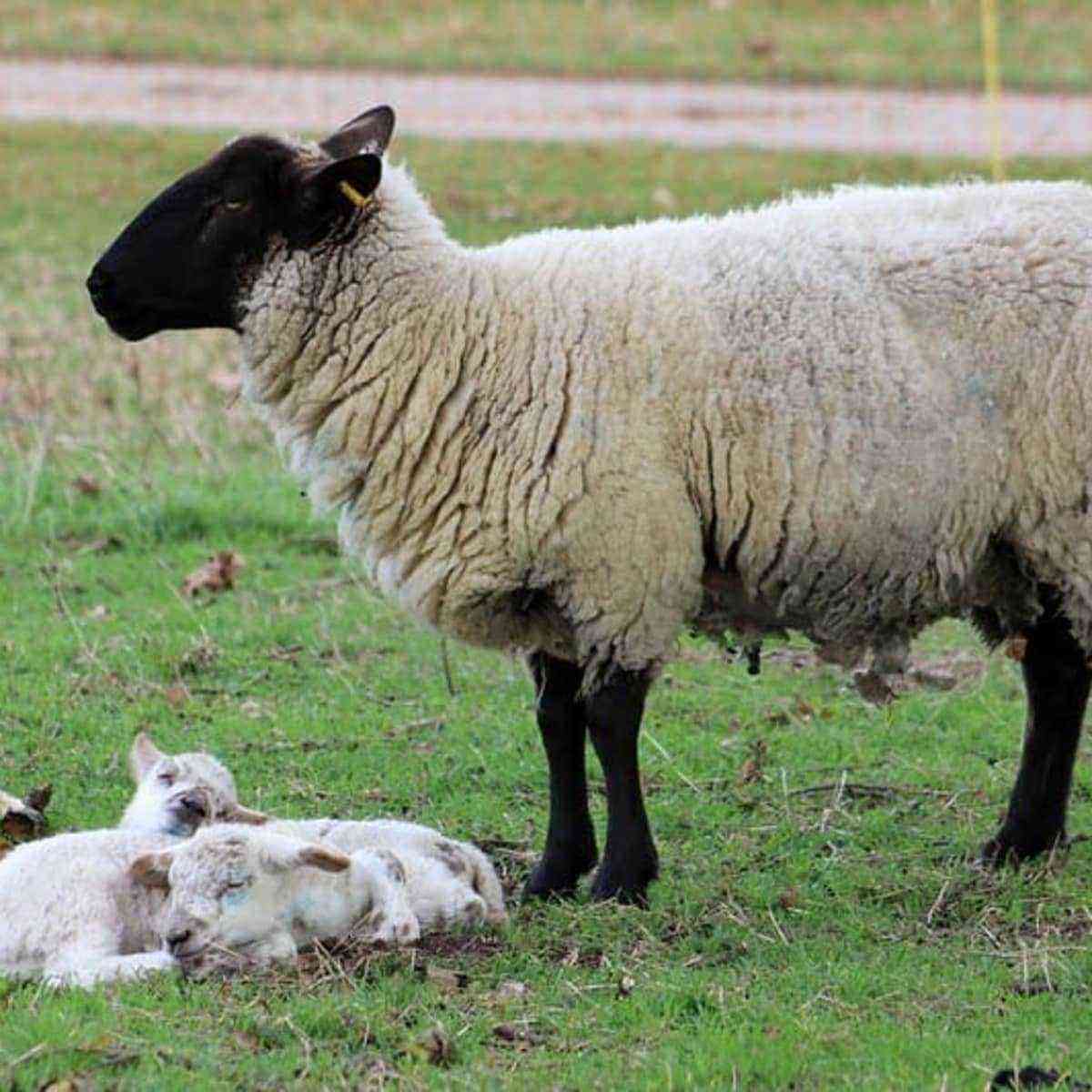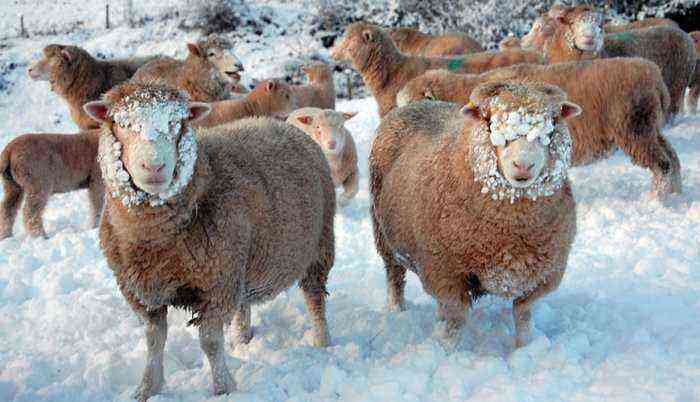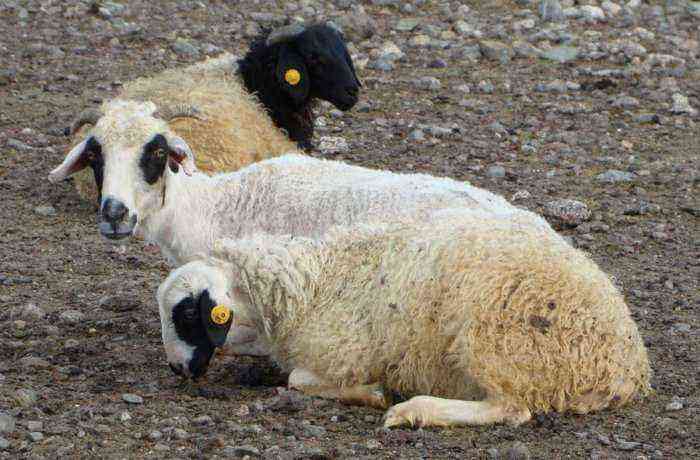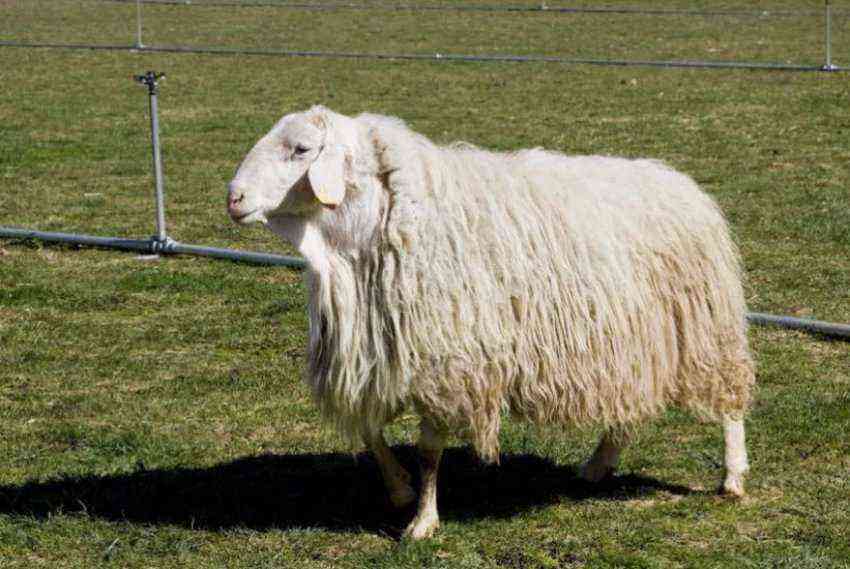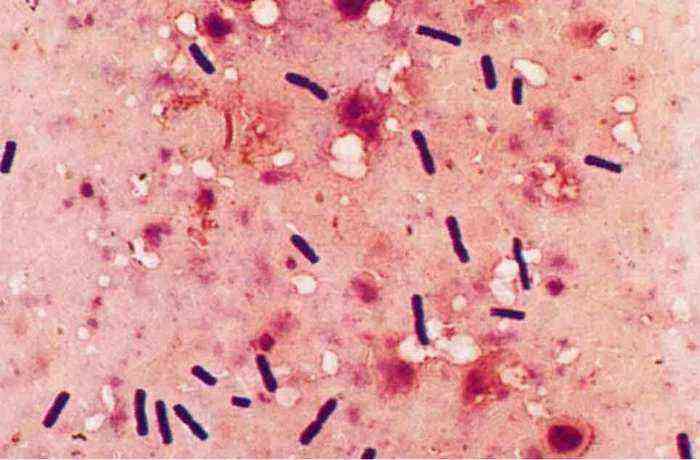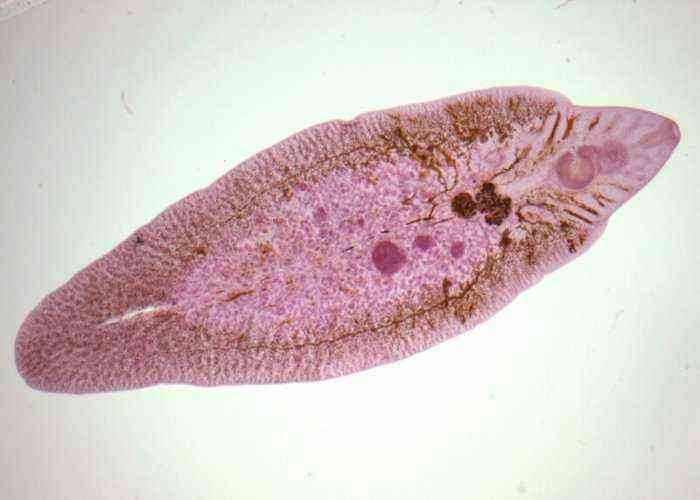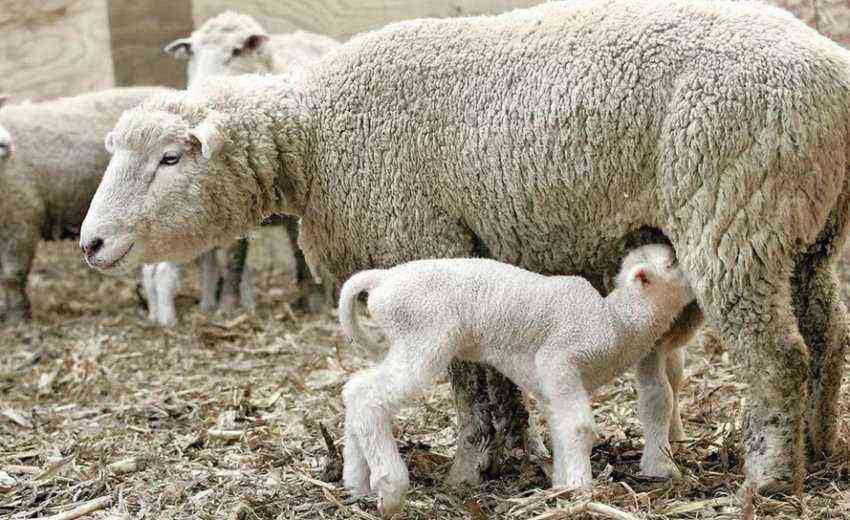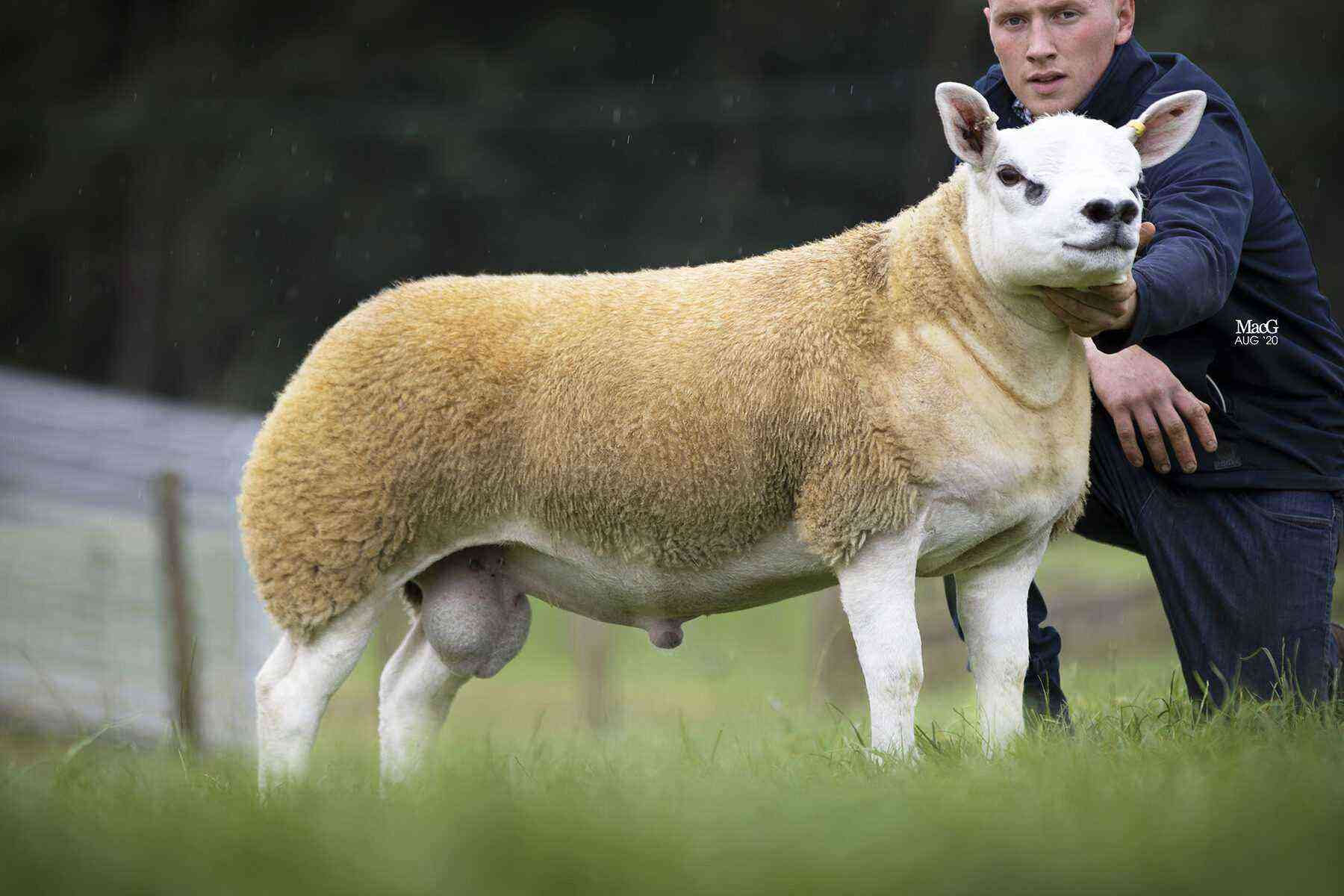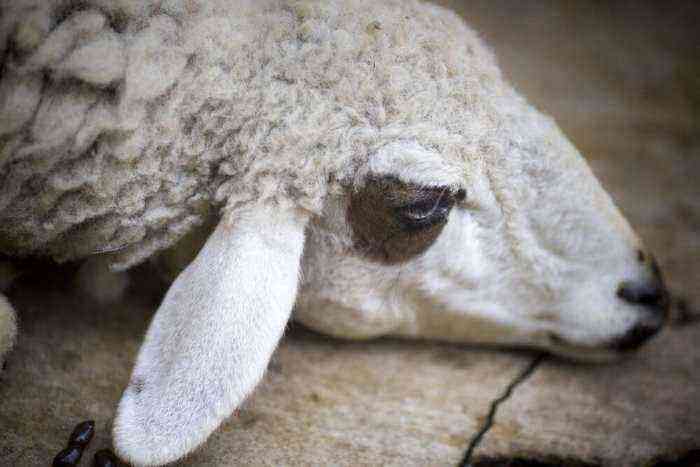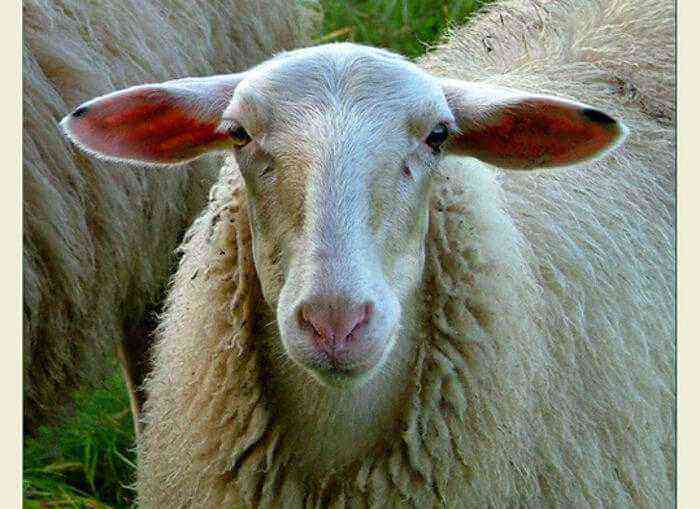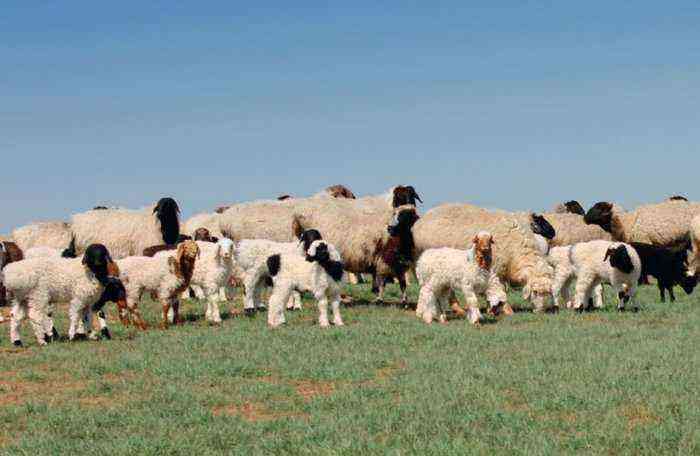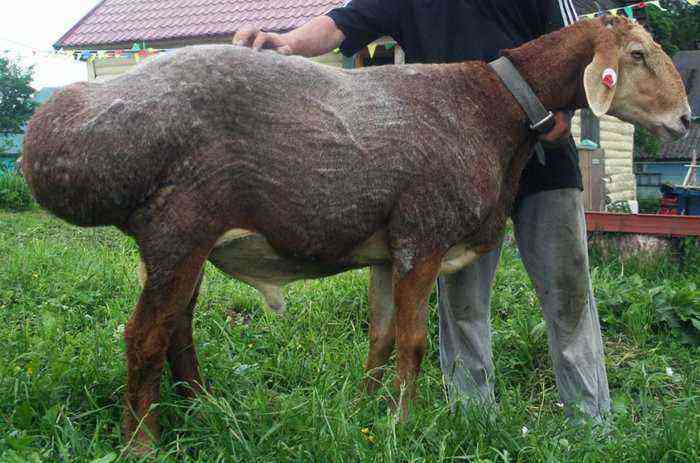Scabies in sheep occurs mainly in the cold season, when there is a lack of vitamins in the diet of animals. This is not one disease, but several, they are caused by different pathogens. This article will help you figure out which parasites cause scabies in sheep, and tell you how to deal with the disease.
Scabies mite in sheep
Scabies pathogens
There are several tens of thousands of species of arthropods, most of which do not harm animals. But there are those that lead a parasitic lifestyle. They feed on the blood or skin fragments of sheep and other livestock. Among the skin parasites affecting sheep, there are three types of arthropods:
- zudni;
- skinners;
- skin beetles.
Each type of pathogen listed causes similar symptoms of scabies. However, the parasites themselves differ from each other in the structure of the oral apparatus, body size, and other features.
Sarcoptic mange
This type of scabies is not very common in sheep. Causes it itch mite. This parasite mainly infects young individuals with fragile immunity. Coarse-haired breeds of sheep are more susceptible to infection.
A feature of this parasite is that it has a gnawing mouth apparatus, thanks to which the mite makes holes and passages in the surface layer of the skin – the epidermis. There, females lay eggs, which subsequently gradually turn into sexually mature individuals, come to the surface of the skin, and mate. Then the process is repeated.
Attention! The itch mite primarily affects the area of the auricles, nose, and lips.
The symptoms of sarcoptic mange are as follows:
- Redness in the area of the auricles and below.
- Hair loss. In places of defeat, bald spots gradually appear.
- Itching – the animal rubs against surrounding objects.
- Sometimes the body temperature rises.
- Weight loss, stunting.
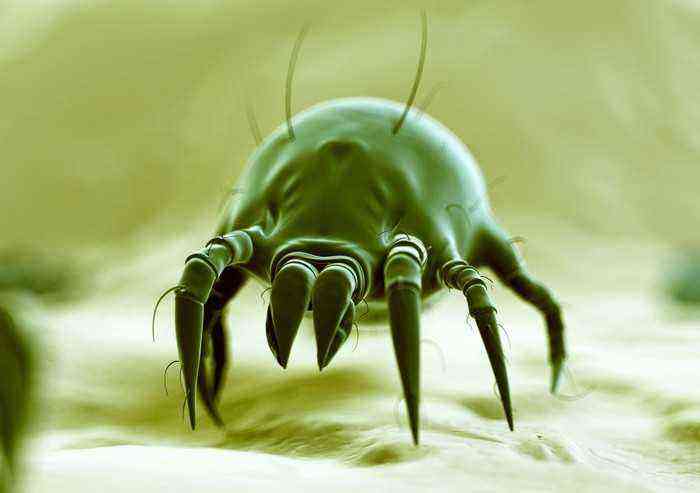
Tick that causes sarcoptic mange
Sarcoptic mange often occurs in a chronic form, when the inflammation either intensifies or subsides. If you do not start treatment, gradually the mites capture more and more new parts of the body. As a result, the animal weakens, lags behind in growth and loses weight.
Attention! Sarcoptic mange is dangerous, as it leads to anemia and malnutrition, from which the sheep can die. A bacterial infection often penetrates into the places of scratching, which leads to suppuration.
Psoroptosis
Another type of scabies is sheep psoroptosis. It is caused by another pathogen, the skin mites. It differs from the previous parasite in the structure of the oral apparatus and the size of the body, the skin is larger. The peculiarity of the parasite is that it does not penetrate the skin, but lives on its surface. It feeds on blood and lymphatic fluid, which the tick extracts by piercing the skin.
Psoroptosis also worsens mainly in autumn and winter, and fades in the warm season, but recovery does not occur on its own. If a tick has attacked an animal, it continues its activity on its body.
Skin mites select other parts of the sheep’s body. They are located:
- in the croup area;
- on the sides;
- on the cross.
Attention! The limbs are the last to be affected. If a sheep’s wool has peeled off and crusts have appeared on its legs, we can conclude that the animal has been suffering from scabies for a long time.
Symptoms of the disease are similar to sarcoptic mange:
- the formation of bald spots, scratching on the skin;
- the appearance of crusts in the places of localization of arthropods;
- anxiety, itching;
- exhaustion.
Attention! With the help of shearing sheep, you cannot get rid of psoroptosis. In this case, the mites are introduced into the skin folds of the animal and continue their activities there.
Chorioptosis
The least dangerous type of scabies is chorioptosis. This disease is caused by mites. They are very different from the previous parasites. On their limbs there are suction cups that help arthropods to stay on the skin of animals and move around. These parasites do not injure the skin, as they use dead epithelial cells, as well as hair particles, as food.
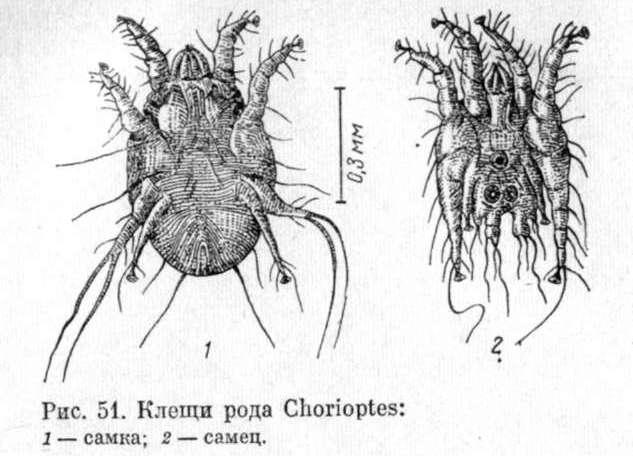
Tick that causes chorioptosis
Clinical signs of chorioptosis in sheep:
- itching in the limbs;
- scratches, wounds on the legs;
- the appearance of bald spots on the limbs, then in the scrotum, back and udder;
- sick sheep are depressed, inactive;
- with severe damage, lameness develops.
A characteristic difference of chorioptosis is that the disease first affects the limbs of the animal. Later, the mites spread to the croup and back. Although parasites do not cause mechanical damage to the animal, sheep experience itching. It occurs due to irritation of nerve endings caused by the movement of ticks on the skin.
Methods of diagnosis
Having noticed anxiety in sheep, as well as signs characteristic of scabies: baldness, the appearance of scratches on the body, crusts, it is necessary to immediately separate sick individuals from conditionally healthy ones. Next, you need to invite a veterinarian to conduct a diagnosis. Even during the initial examination, the veterinarian can guess what kind of scabies he is dealing with. To clarify the diagnosis, he will take a skin scraping from sick individuals.
The resulting sample will be examined under a microscope. As already mentioned, it is easy to distinguish between itch mites and skin mites. The former have a gnawing type of mouth apparatus, while the latter have a piercing-sucking type. In addition, the structure and size of the body of parasites also differ. Kozheeda can be seen even without a microscope, with a magnifying glass.
When making a diagnosis, the veterinarian must exclude metabolic disorders in sheep, allergies, eczema, as well as various dermatomycosis, skin diseases caused by pathogenic fungi.
How to treat scabies in sheep?
For the treatment of scabies, insect-acaricidal preparations are used. In veterinary pharmacies, you can buy such means against ticks:

Creolin
- Neocidol;
- Creolin;
- Hexalin;
- Hexatalp;
- Chlorophos (0,5%).
These preparations can be used to treat the skin of sheep by spraying, as well as in the form of baths.
Before proceeding with treatment, it is necessary to soften and remove the crusts from the surface of the skin of the animal. Wool is pre-shorn. Treatment with acaricidal preparations is carried out for sick animals two or three times with an interval of 10 days. Conditionally healthy individuals are treated once.
Attention! Before starting treatment, carefully read the instructions for the drug.
There is another way to cure scabies in sheep – with an injection of Ivermek (analogue – Ivermectin). The drug is administered subcutaneously or intramuscularly twice with an interval of 10-14 days. Dosage for sheep – 0,2 ml for every 10 kg of body weight. Some farmers do not use this method of treatment, as they consider it expensive.
Reference. Ivermek is also used to prevent scabies and other diseases caused by skin parasites.
Prevention
Since scabies is most often transmitted by direct contact of healthy individuals with sick ones, it is necessary to carefully check all newly arrived sheep for the disease. They are subject to mandatory treatment with acaricidal agents and quarantine for a period of 30 days. After this period, it is advisable to invite a veterinarian to examine the animals, after which they will be allowed into the pens.
In autumn and winter, it is important to maintain the immunity of animals by adding vitamins and trace elements to the diet. The paddocks must be kept clean. Every time the flock leaves the paddocks and goes to remote pastures, all manure should be removed and the premises should be disinfected. Sheep should not be allowed to come into contact with people who have arrived from households that are unfavorable for scabies. Equipment must not be brought into the farm from locations where cases of scabies have been reported. A healthy flock of sheep is not allowed on pastures, where they drove animals infected with scabies, for a month and a half.
The removal of animals from farms is allowed only after a year has passed since the last case of scabies was detected. This is done under the supervision of a veterinarian after the declining animals have been treated with Hexachloran or another agent. 2 months prior to the departure of the sheep from the farm, they should be placed in separate paddocks, where the veterinarian will periodically examine the animals. After this period, he will issue a document confirming that the sheep that leave the boundaries of the previously dysfunctional farm are healthy.
All types of scabies in sheep are dangerous, as they spread quickly and cause damage to the economy. It is much easier to take preventive measures to protect your flock from parasites than to treat sheep later. Many farmers routinely use injections against various types of parasitic mites, such as Ivermek or similar drugs, although this is an expensive procedure.
